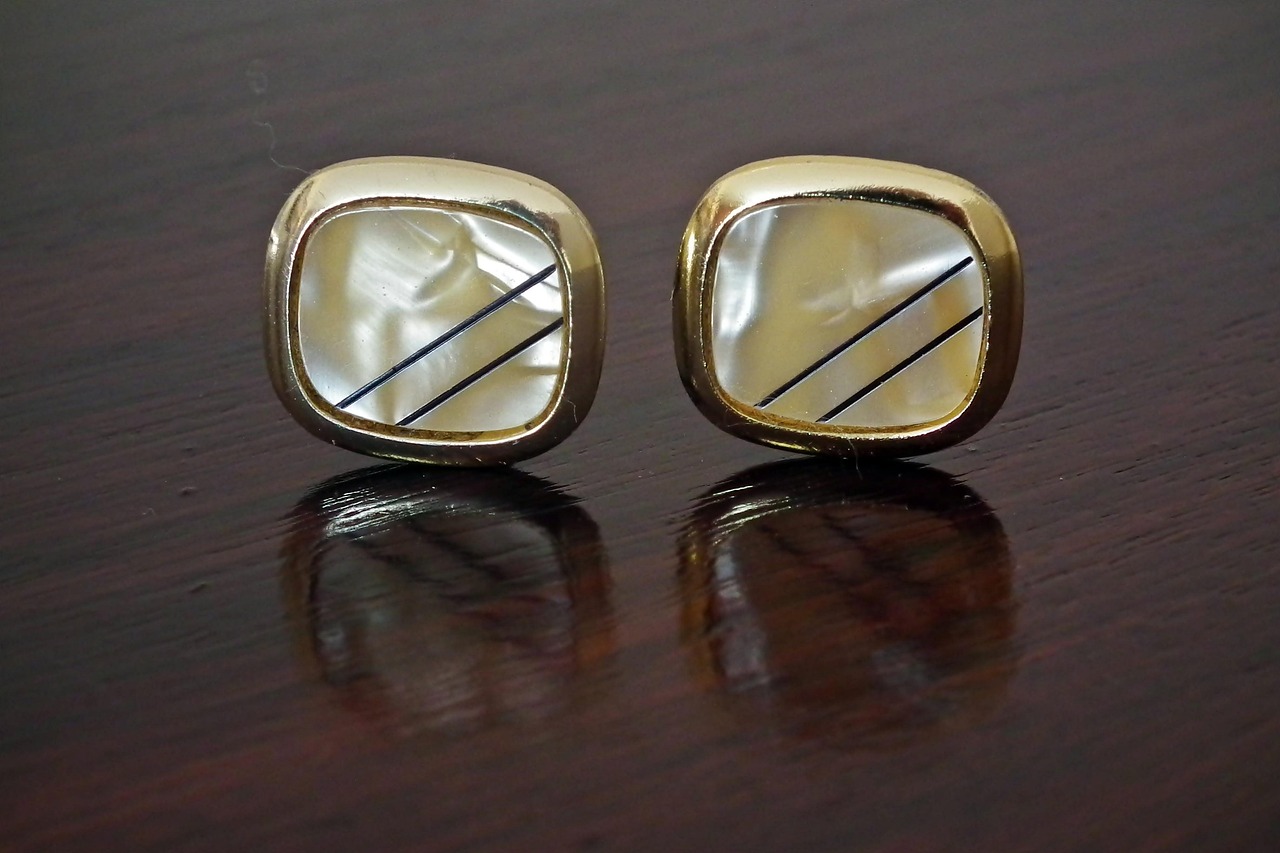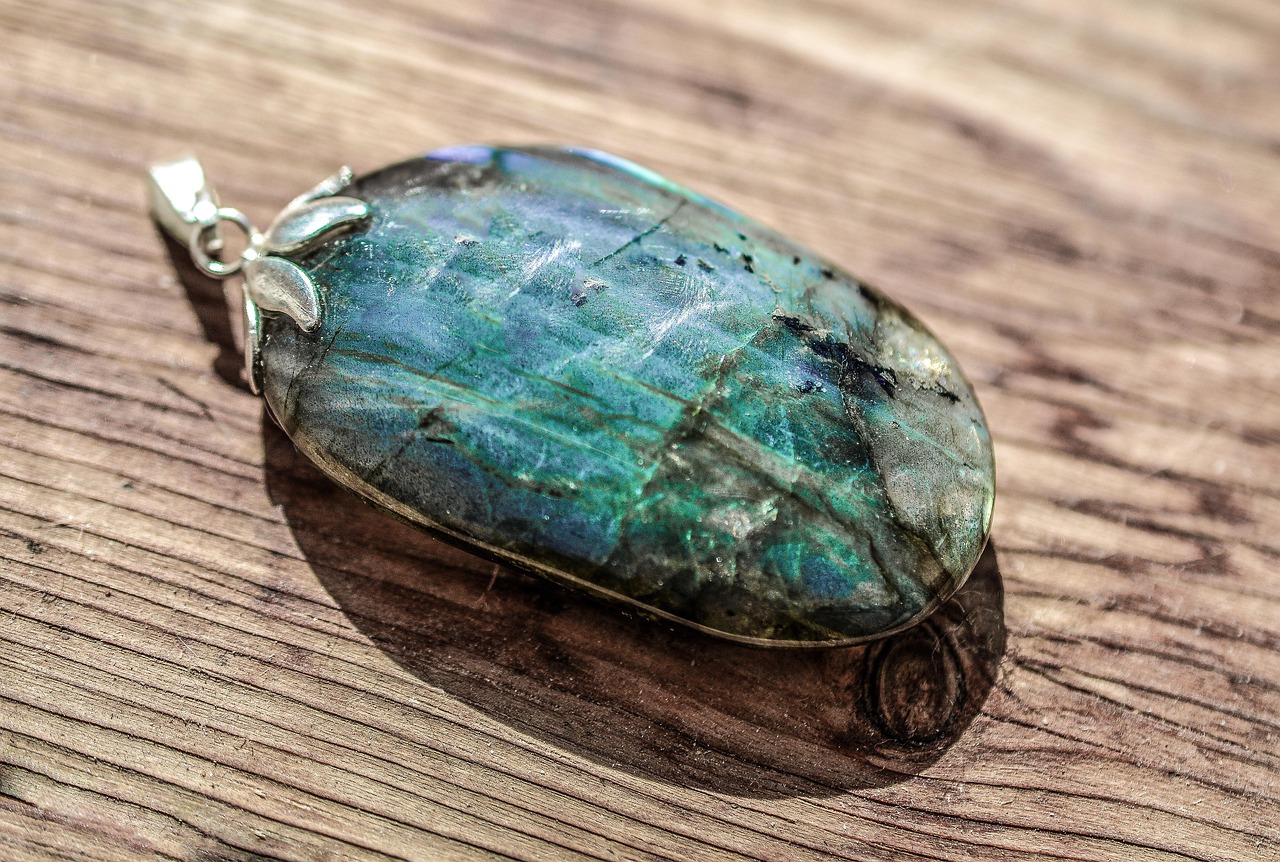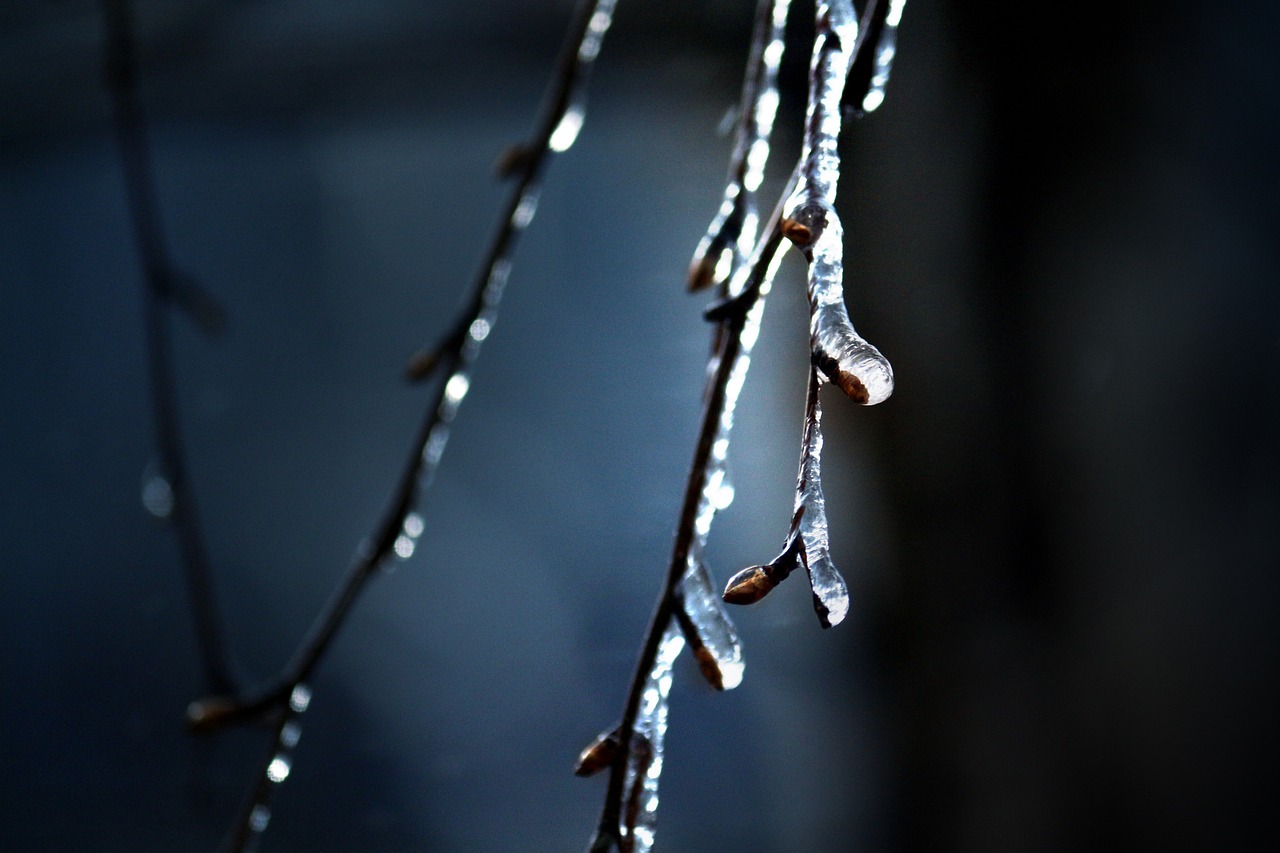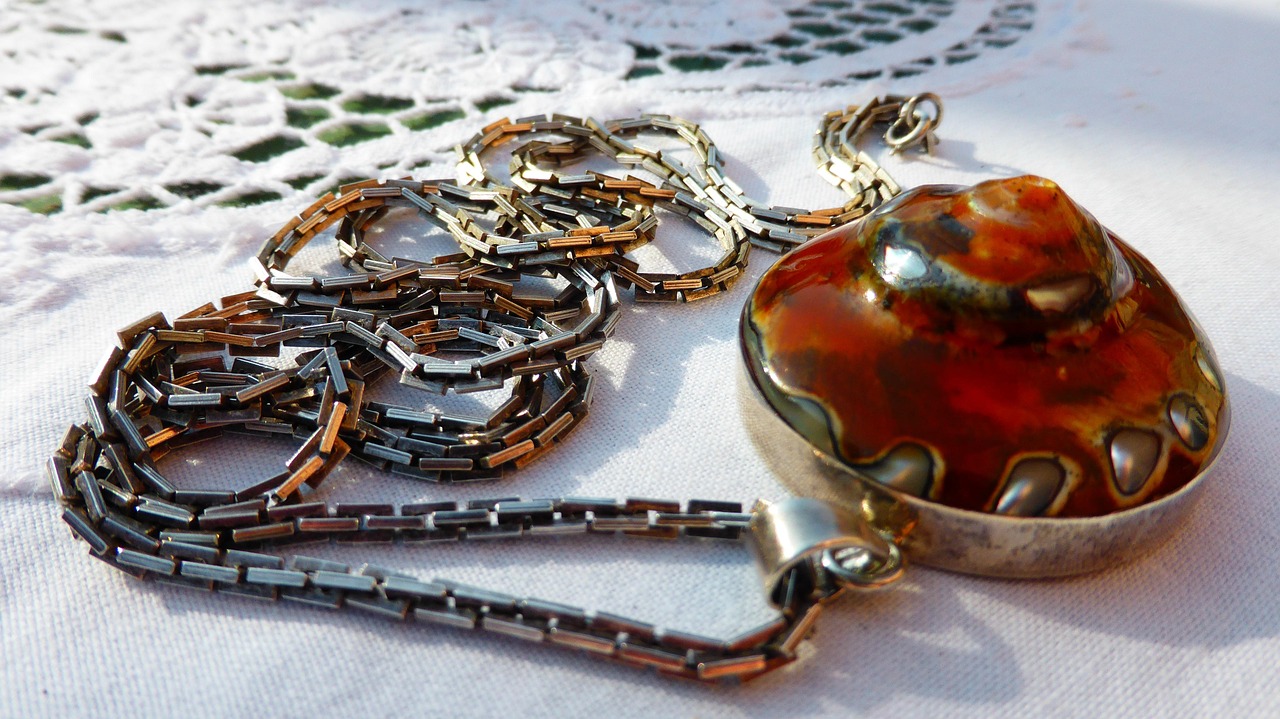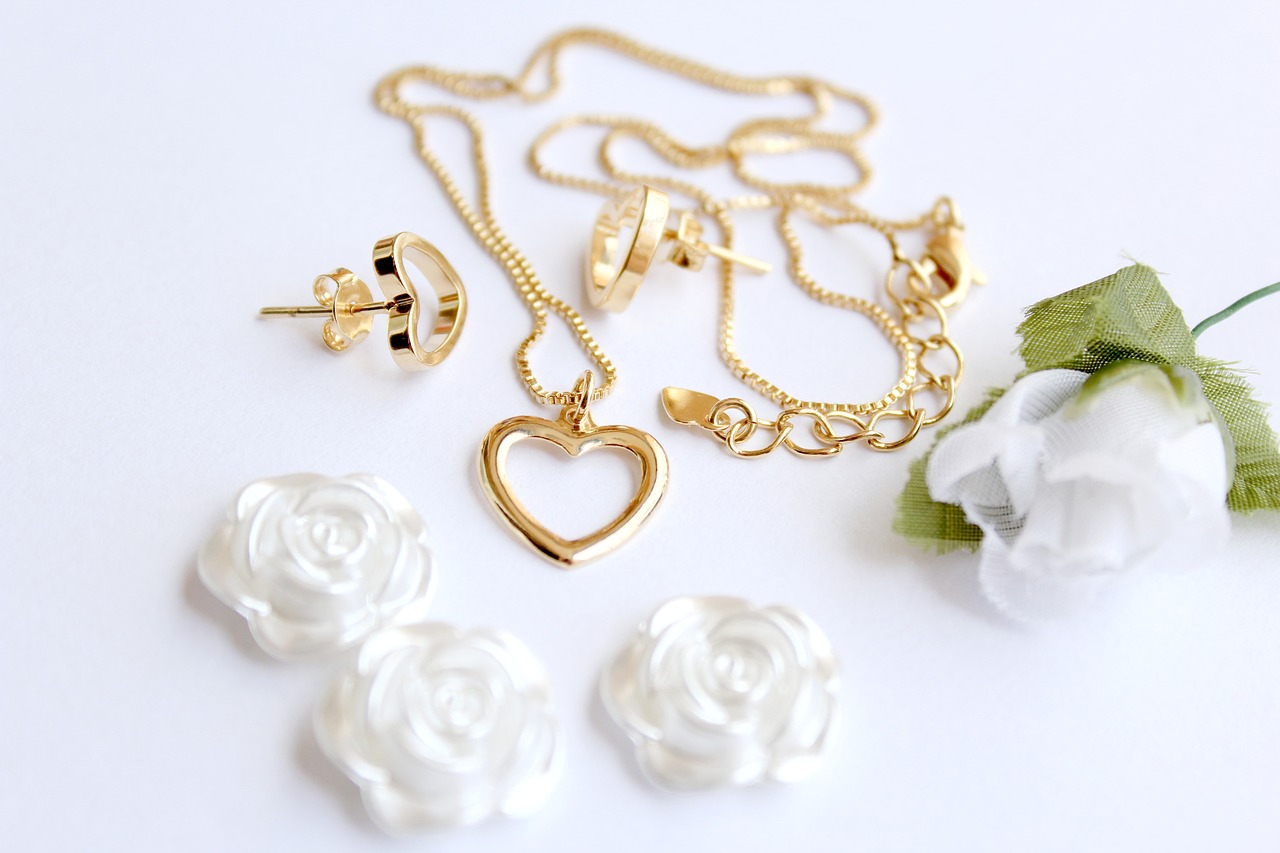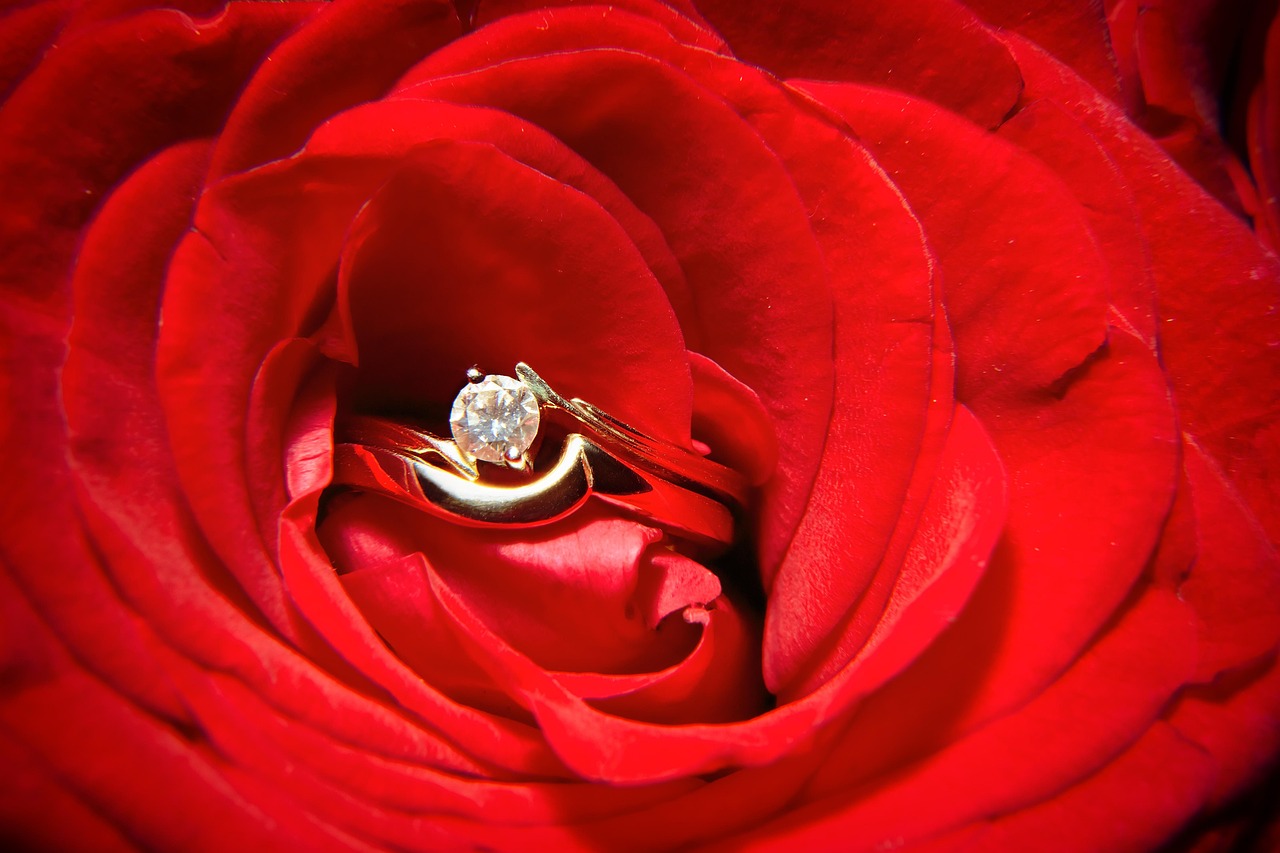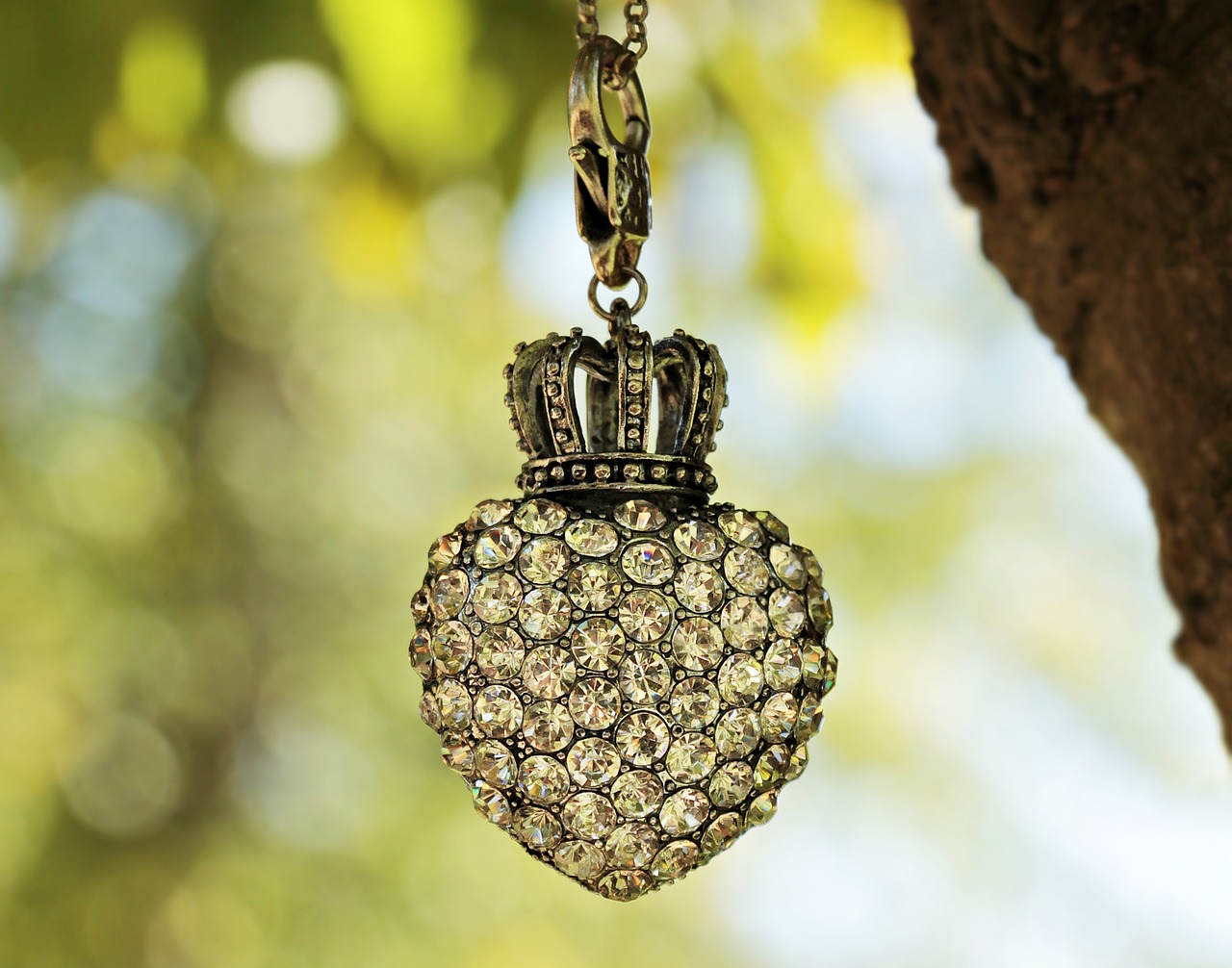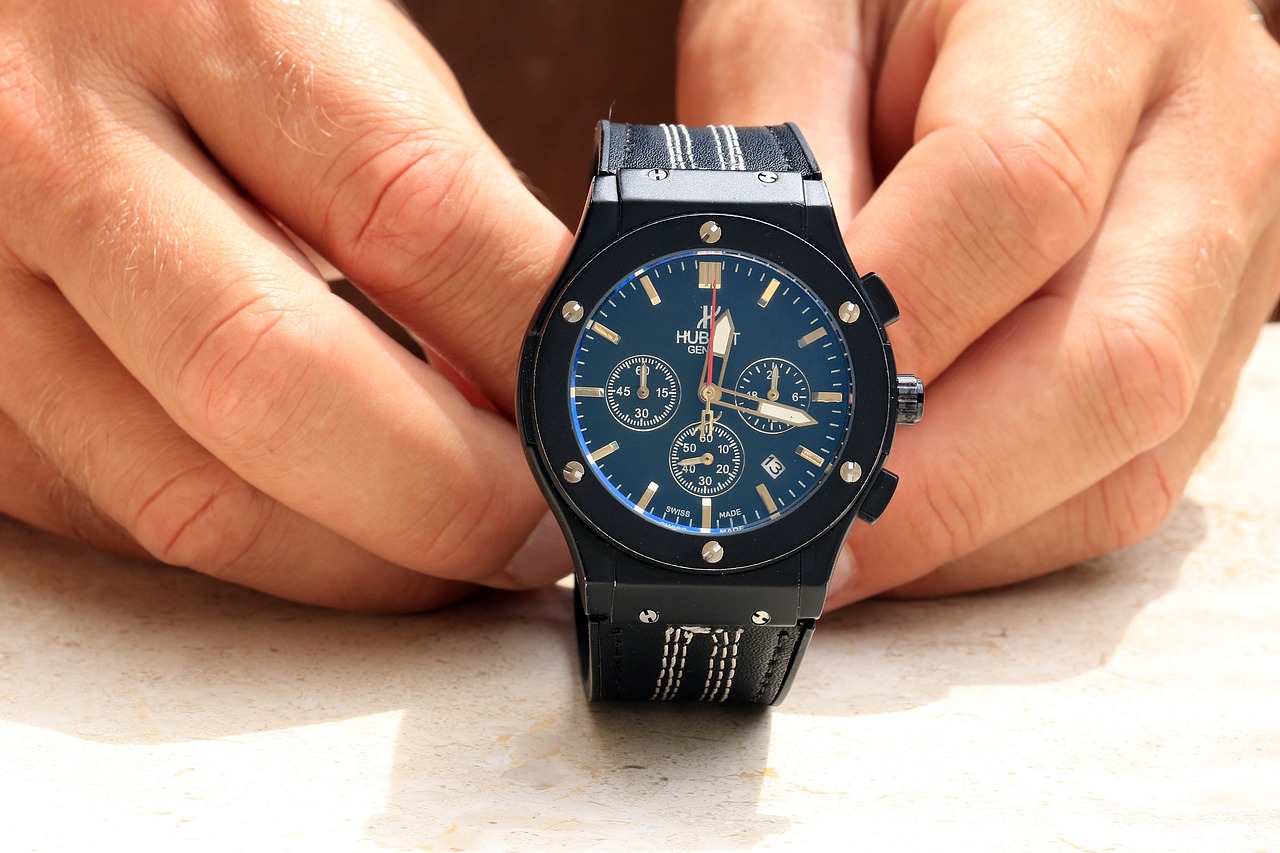Jewelry is often more than just an accessory; it holds sentimental value and can be a significant investment. To maintain its beauty and integrity, understanding how often to clean your jewelry is essential. This guide delves into expert advice on cleaning frequency, methods, and tips to keep your jewelry sparkling.
Regular cleaning of your jewelry is crucial for several reasons. First, it prevents the buildup of dirt and oils that can tarnish or dull the appearance of your pieces. Additionally, neglecting to clean your jewelry can lead to long-term damage, which may diminish its value. By incorporating a consistent cleaning routine, you can ensure your jewelry remains in excellent condition.
Each type of jewelry requires a unique cleaning schedule based on its material. Here’s a breakdown:
- Gold Jewelry: Gold is relatively durable and typically needs cleaning every 3 to 6 months. However, if worn frequently, consider cleaning it more often to maintain its shine.
- Silver Jewelry: Silver tarnishes quickly and should be cleaned once a month to prevent buildup. Regular care helps keep it looking bright and new.
- Gemstone Jewelry: The frequency depends on the type of gemstone. Delicate stones like pearls should be cleaned every few weeks, while harder gemstones can be cleaned less frequently.
Choosing the right cleaning method is vital for preserving your jewelry. Here are some effective techniques:
A simple solution of mild soap and warm water is often the safest choice for cleaning jewelry. Soak your pieces for a few minutes, then gently scrub with a soft brush before rinsing and drying thoroughly.
Ultrasonic cleaners can be effective but should be used with caution. They work well for durable metals and stones but can damage softer materials. Always check with a jeweler before using this method.
Spot cleaning is a quick way to maintain your jewelry’s appearance. Use a soft cloth or a damp microfiber towel to wipe down your pieces after wearing them. This helps remove oils and dirt without the need for a full cleaning.
Many people make mistakes that can harm their jewelry. Here are some common pitfalls to avoid:
Harsh chemicals can cause irreversible damage to your jewelry. Avoid using bleach or ammonia-based cleaners, as they can tarnish metals and damage stones.
After cleaning, it’s crucial to dry your jewelry completely. Failing to do so can lead to tarnishing and water spots. Use a soft, lint-free cloth to ensure your pieces are thoroughly dried.
While regular cleaning can often be done at home, some pieces may require professional attention. If your jewelry is heavily tarnished, has intricate settings, or contains delicate stones, it’s best to consult a jeweler. They can provide specialized cleaning and maintenance to restore your jewelry’s original beauty.
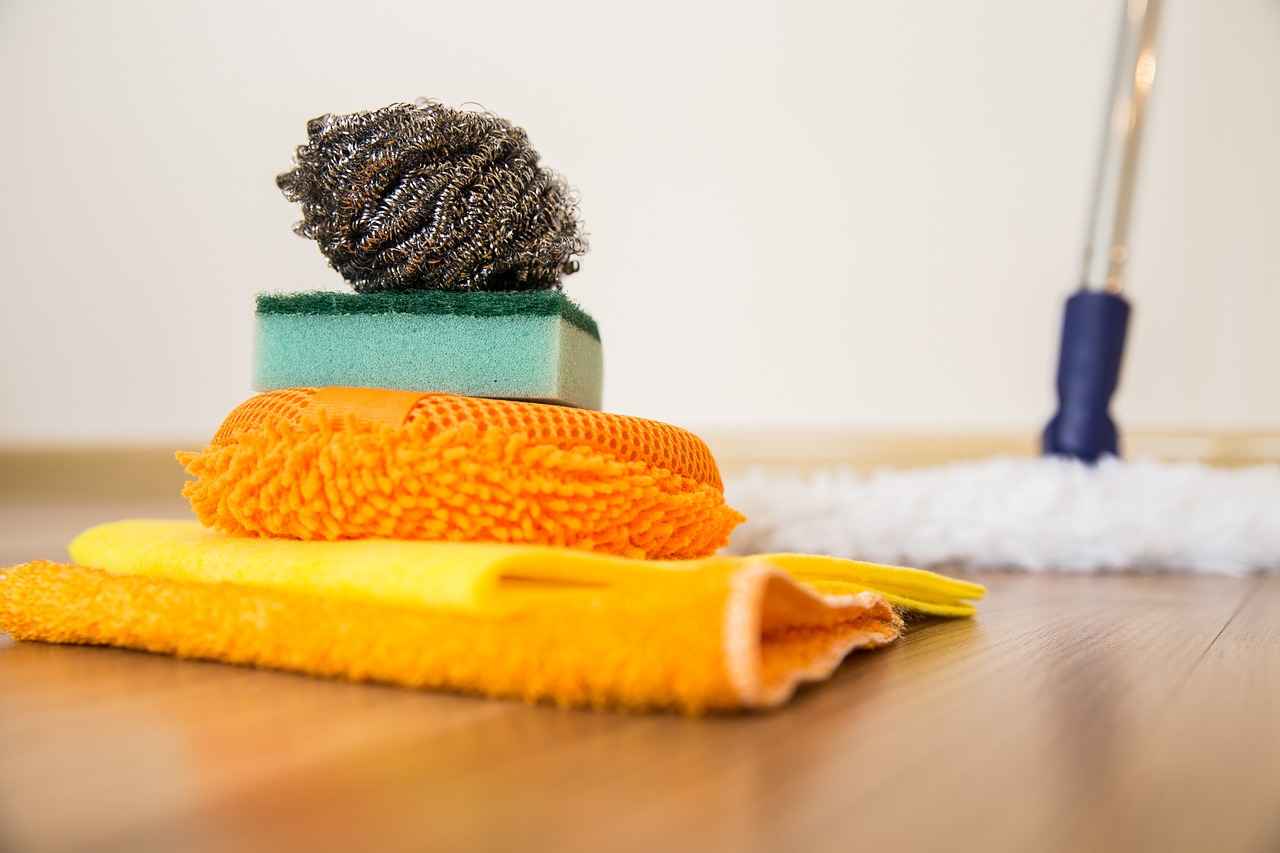
Why Is Regular Jewelry Cleaning Important?
Jewelry is not just an accessory; it is often a cherished item that carries sentimental value. Over time, however, dirt, oils, and environmental factors can accumulate on your pieces, leading to a dull appearance and potential damage. Understanding the significance of regular cleaning is vital for preserving the integrity and beauty of your jewelry. By maintaining a consistent cleaning routine, you can prevent tarnish and build-up that may diminish both its value and appearance.
When jewelry is not cleaned regularly, it can accumulate grime that not only affects its shine but can also lead to long-term damage. For instance, tarnish is a common issue, particularly with silver jewelry, which can turn a beautiful piece into an unsightly one over time. Moreover, dirt and oils from skin contact can create a film that obscures the brilliance of gemstones, making them appear less vibrant.
Regular cleaning helps to protect your investment. Many pieces of jewelry, especially those with precious metals and stones, can be quite expensive. By taking the time to clean them properly, you are ensuring that their value remains intact. Neglecting this care can lead to costly repairs or even the need for replacement.
Additionally, a clean piece of jewelry is more enjoyable to wear. Imagine putting on a necklace or ring that sparkles and shines, catching the light beautifully. Regular cleaning enhances the overall aesthetic, allowing you to show off your jewelry with pride.
Cleaning your jewelry also provides an opportunity to inspect it for any potential issues. For example, during the cleaning process, you may notice loose stones or worn prongs that could lead to loss or damage if left unaddressed. This proactive approach not only keeps your jewelry looking good but also helps in avoiding more significant repairs down the line.
In summary, regular jewelry cleaning is essential for maintaining the beauty, integrity, and value of your pieces. It prevents tarnish and build-up, enhances the overall appearance, and allows for timely inspections to catch any potential issues early. By incorporating a cleaning routine into your jewelry care, you can ensure that your cherished items remain as stunning as the day you acquired them.
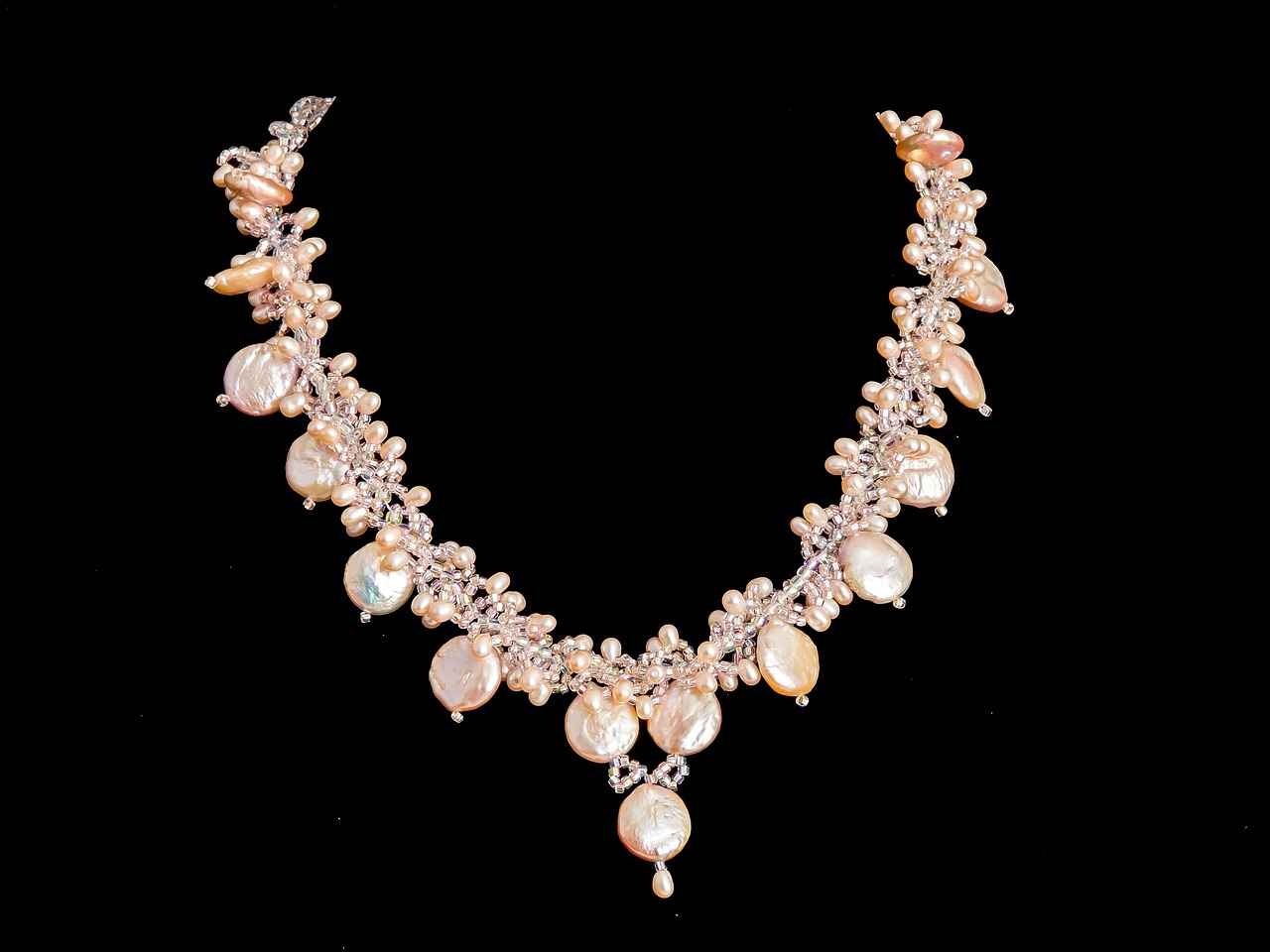
How Often Should You Clean Different Types of Jewelry?
Keeping your jewelry in pristine condition is essential for both its appearance and longevity. Different types of jewelry require different cleaning frequencies to ensure they remain radiant and free from damage. Understanding how often to clean your jewelry can help you maintain its beauty and value over time.
When it comes to jewelry care, frequency is key. Here’s a breakdown of how often you should clean various types of jewelry to keep them looking their best:
| Type of Jewelry | Recommended Cleaning Frequency |
|---|---|
| Gold Jewelry | Every 1-2 months |
| Silver Jewelry | Every 2-4 weeks |
| Gemstone Jewelry | Every 3-6 months |
Gold jewelry is known for its durability and resistance to tarnish. However, it can still accumulate dirt and oils from regular wear. For optimal maintenance, clean your gold pieces every 1 to 2 months. Use a soft cloth to gently wipe the surface and a mild soap solution for deeper cleaning.
Unlike gold, silver jewelry tarnishes more quickly due to its reaction with sulfur and moisture in the air. To keep your silver jewelry shiny and bright, aim to clean it every 2 to 4 weeks. Consider using a silver polishing cloth or a gentle silver cleaner to remove tarnish effectively.
Gemstones require special care due to their varied hardness and sensitivity to chemicals. It’s advisable to clean gemstone jewelry every 3 to 6 months. Always check the specific care instructions for each gemstone, as some may require more delicate cleaning methods.
Regular cleaning not only enhances the appearance of your jewelry but also extends its lifespan. Dirt and oils can cause scratches and dullness, while tarnish can lead to irreversible damage if left unchecked. By adhering to a consistent cleaning schedule based on the material of your jewelry, you can maintain its brilliance and value.
In conclusion, understanding the appropriate cleaning frequency for different types of jewelry is crucial for their upkeep. By following these guidelines, you can ensure that your treasured pieces remain as stunning as the day you bought them.
Gold Jewelry Cleaning Frequency
Gold jewelry is a timeless investment, known for its beauty and durability. However, to keep your gold pieces looking their best, regular maintenance is essential. While gold is less prone to tarnishing compared to other metals, it still requires cleaning to maintain its shine and prevent scratches.
Experts recommend cleaning your gold jewelry every two to three months if worn regularly. This frequency helps to remove dirt, oils, and other residues that can accumulate over time. If you wear your pieces less frequently, a thorough cleaning every six months is generally sufficient.
- Dull Appearance: If your gold jewelry looks less shiny than usual, it’s time for a clean.
- Visible Smudges or Marks: Any noticeable fingerprints or smudges can detract from the jewelry’s beauty.
- Accumulation of Dirt: If you notice dirt build-up, especially in intricate designs, cleaning is necessary.
To clean your gold jewelry effectively, follow these simple steps:
- Prepare a Cleaning Solution: Mix a few drops of mild dish soap with warm water in a bowl.
- Soak: Place your gold jewelry in the solution for about 15-20 minutes.
- Gently Scrub: Use a soft-bristled toothbrush to gently scrub the jewelry, focusing on crevices and intricate designs.
- Rinse: Rinse the jewelry under lukewarm water to remove any soap residue.
- Dry: Pat the jewelry dry with a soft, lint-free cloth.
To maintain the integrity of your gold jewelry, consider the following tips:
- Avoid Contact with Harsh Chemicals: Products like bleach or ammonia can damage your gold jewelry.
- Store Properly: Keep your pieces in a soft cloth or jewelry box to prevent scratching against other items.
- Remove During Activities: Take off your jewelry while exercising, swimming, or doing household chores to prevent unnecessary wear.
For intricate designs or pieces with embedded gemstones, consider seeking professional cleaning services. Jewelers have specialized tools and solutions that can safely clean and restore your jewelry without causing harm.
By adhering to these cleaning guidelines, you can ensure that your gold jewelry remains as radiant as the day you purchased it. Regular maintenance not only enhances its beauty but also prolongs its lifespan, making it a cherished part of your collection for years to come.
Silver Jewelry Maintenance Tips
Silver jewelry is a beautiful and popular choice for many, but it is important to remember that it tarnishes more easily than gold. This tarnishing occurs due to a reaction with sulfur in the air, moisture, and other environmental factors. To keep your silver jewelry looking its best, understanding how often to clean it and the most effective cleaning methods is essential.
To maintain the luster of your silver pieces, it is recommended to clean them every two to three weeks if worn regularly. If you wear your silver jewelry less frequently, a thorough cleaning every one to three months should suffice. Regular cleaning not only helps to remove tarnish but also prevents buildup that can lead to more significant damage over time.
When it comes to cleaning silver, there are several effective methods that you can use:
- Soap and Water: Mix a few drops of mild dish soap with warm water. Soak your silver jewelry for a few minutes, then gently scrub with a soft cloth or a toothbrush. Rinse with clean water and dry thoroughly.
- Baking Soda Paste: Create a paste using baking soda and water. Apply it to the tarnished areas with a soft cloth and gently rub in circular motions. Rinse and dry completely.
- Commercial Silver Cleaners: There are many products available specifically designed for cleaning silver. Always follow the manufacturer’s instructions and ensure that the cleaner is safe for your specific piece.
- Polishing Cloths: Invest in a silver polishing cloth, which contains special chemicals that can help remove tarnish without scratching the surface.
Preventing tarnish is just as important as cleaning. Here are some tips to keep your silver jewelry shining:
- Store Properly: Keep silver jewelry in a cool, dry place, ideally in anti-tarnish pouches or cloths.
- Avoid Moisture: Remove silver jewelry before showering, swimming, or exercising to minimize exposure to moisture.
- Limit Exposure to Chemicals: Keep your silver away from harsh chemicals found in cleaning products, perfumes, and lotions.
If your silver jewelry is heavily tarnished or has intricate designs that are difficult to clean, consider seeking professional cleaning services. Jewelers have access to specialized tools and solutions that can restore your jewelry without damaging it.
In conclusion, maintaining your silver jewelry requires regular cleaning and proper care. By following these tips and methods, you can ensure that your silver pieces remain beautiful and tarnish-free for years to come.
Cleaning Gemstone Jewelry
Gemstones are not only beautiful but also unique, each possessing its own set of characteristics. However, they can be quite delicate and require special care to maintain their brilliance. Understanding the appropriate cleaning frequency and methods is essential to avoid any potential damage. Here, we will delve into the best practices for cleaning gemstone jewelry.
Cleaning frequency largely depends on the type of gemstone and how often you wear the jewelry. As a general guideline:
- Precious Gemstones (e.g., diamonds, sapphires, rubies): Clean every three to six months if worn regularly.
- Soft Gemstones (e.g., opals, pearls, turquoise): Clean every one to two months due to their susceptibility to scratches and damage.
- Costume Jewelry with Gemstone Accents: Clean as needed, especially if exposed to sweat or cosmetics.
Different gemstones require different cleaning methods to prevent damage:
- Warm Soapy Water: For most gemstones, a gentle solution of warm water and mild dish soap is effective. Soak the jewelry for a few minutes, then use a soft brush to remove dirt. Rinse thoroughly and dry with a soft cloth.
- Ultrasonic Cleaners: While these can be effective, they are not suitable for all gemstones. Avoid using ultrasonic cleaners on soft stones like opals and pearls, as they can crack or become discolored.
- Steam Cleaning: This method is safe for hard gemstones but should be avoided for porous or soft stones. Always check with a jeweler if unsure.
To ensure the longevity of your gemstone jewelry, consider the following precautions:
- Avoid Harsh Chemicals: Products containing bleach or ammonia can damage gemstones and their settings.
- Be Gentle: Use soft brushes and cloths to avoid scratching the surface of the stones.
- Store Properly: When not in use, store gemstones separately to prevent scratching against other jewelry.
If your gemstone jewelry has not been cleaned in a long time, or if it shows signs of damage or dullness, it may be best to consult a professional. Jewelers have specialized tools and solutions that can clean and restore your jewelry without causing harm.
In summary, maintaining the beauty of your gemstone jewelry requires regular cleaning and proper care. By following the recommended cleaning frequencies and methods, you can ensure that your gemstones remain as stunning as the day you acquired them. Remember, when in doubt, consult a professional jeweler for advice tailored to your specific pieces.

What Are the Best Cleaning Methods for Jewelry?
Jewelry is often cherished for its beauty and sentimental value, making proper care essential for maintaining its allure. Using the right cleaning methods is crucial for preserving your jewelry. Here, we discuss safe and effective techniques for cleaning various types of jewelry, ensuring they remain stunning for years to come.
When it comes to cleaning jewelry, several methods can be employed, each suited for different materials and types of adornments. Below are some of the most effective techniques:
- Soap and Water: A simple mixture of mild soap and warm water is often the safest and most effective way to clean jewelry. To prepare, mix a few drops of dish soap in a bowl of warm water. Soak your jewelry for a few minutes, then gently scrub with a soft toothbrush to remove dirt and grime. Rinse thoroughly and dry with a soft cloth.
- Baking Soda Paste: For tougher stains, a paste made of baking soda and water can work wonders. Mix three parts baking soda with one part water to form a paste. Apply it to the jewelry using a soft cloth or toothbrush, then rinse off completely. This method is particularly effective for silver jewelry that has tarnished.
- Commercial Jewelry Cleaners: There are many commercial cleaning solutions available specifically designed for jewelry. Always read the label to ensure the product is safe for your specific type of jewelry. Follow the instructions carefully for the best results.
- Ultrasonic Cleaners: These devices use high-frequency sound waves to clean jewelry. While effective, they may not be suitable for all types of jewelry, especially those with delicate stones. Always check if your jewelry can withstand ultrasonic cleaning before using this method.
- Professional Cleaning: For valuable or intricate pieces, consider seeking professional cleaning services. Jewelers have specialized tools and solutions that can safely restore your jewelry to its original luster.
It’s important to note that different types of jewelry require specific cleaning methods:
- Gold Jewelry: Gold is relatively durable and can be cleaned with soap and water. Avoid harsh chemicals that may scratch the surface.
- Silver Jewelry: Silver tarnishes easily, so it may need more frequent cleaning. Use a baking soda paste or a commercial cleaner to restore its shine.
- Gemstone Jewelry: When cleaning gemstones, be cautious. Some stones can be sensitive to heat and chemicals. A gentle soap and water solution is often best, but always verify the cleaning method for specific gemstones.
While cleaning jewelry is essential, there are some common mistakes to avoid:
- Using Harsh Chemicals: Avoid bleach or ammonia-based cleaners, as they can damage the metal and stones.
- Not Drying Properly: Always ensure your jewelry is thoroughly dried after cleaning to prevent tarnishing and water spots. Use a soft cloth to wipe away moisture.
- Over-Cleaning: Excessive cleaning can wear down the finish of your jewelry. Stick to a regular cleaning schedule without going overboard.
By following these guidelines and using the appropriate cleaning methods, you can ensure your jewelry remains in excellent condition. Regular maintenance not only enhances the beauty of your pieces but also extends their lifespan, allowing you to enjoy them for many years to come.
Using Soap and Water
When it comes to cleaning jewelry, simplicity often reigns supreme. One of the most effective and safest methods is using a soap and water solution. This method is particularly gentle on various types of jewelry, ensuring that your precious pieces remain in pristine condition without the risk of damage associated with harsher chemicals.
A simple soap and water solution is often the safest choice for cleaning jewelry. Here’s how to prepare this solution and the steps to follow for effective cleaning:
- Gather Your Supplies: You will need warm water, a few drops of mild dish soap, a soft cloth, and a soft-bristled toothbrush.
- Prepare the Cleaning Solution: In a small bowl, mix warm water with a few drops of mild dish soap. Make sure the soap is gentle and free from harsh chemicals that could harm your jewelry.
- Soak the Jewelry: Place your jewelry in the soapy water and let it soak for about 15-20 minutes. This allows the soap to break down dirt and oils.
- Gently Scrub: After soaking, use the soft-bristled toothbrush to gently scrub the jewelry, paying special attention to crevices and intricate designs where dirt can accumulate.
- Rinse Thoroughly: Rinse the jewelry under lukewarm running water to remove any soap residue. Be cautious to avoid losing any small pieces down the drain by using a strainer or plugging the sink.
- Dry Properly: Use a soft, lint-free cloth to gently dry the jewelry. Ensure it’s completely dry before storing it to prevent tarnishing.
Using this simple method not only helps maintain the shine of your jewelry but also prevents the buildup of grime that can lead to damage over time. Regular cleaning with soap and water is especially recommended for gold and silver jewelry, as well as gemstones that are not too delicate.
While this method is effective, it’s important to note that some jewelry types may require special care. For instance, pieces with pearls or opals should be cleaned with even more caution, as they can be sensitive to moisture and chemicals. Always consider the specific needs of your jewelry before proceeding with any cleaning method.
In addition to regular cleaning, it’s wise to inspect your jewelry periodically for any signs of damage or wear. If you notice loose stones or significant tarnishing, it might be time to consult a professional jeweler for advice or repairs.
In summary, a soap and water solution is a practical and effective way to keep your jewelry looking its best. By following the steps outlined above, you can ensure that your treasured pieces remain sparkling and beautiful for years to come.
Ultrasonic Cleaners: Are They Worth It?
When it comes to maintaining the beauty and integrity of your jewelry, ultrasonic cleaners have gained popularity for their ability to provide a deep clean. However, they come with certain risks that every jewelry owner should be aware of. This section will explore the effectiveness of ultrasonic cleaners, when it’s appropriate to use them, and the necessary precautions to take to protect your precious items.
Ultrasonic cleaners utilize high-frequency sound waves to create tiny bubbles in a cleaning solution. These bubbles implode, producing a scrubbing action that can effectively remove dirt, grease, and grime from intricate surfaces. This method is particularly beneficial for jewelry with detailed designs and hard-to-reach areas.
- Delicate Metals: Ultrasonic cleaning is suitable for gold and platinum jewelry, as these metals can withstand the cleaning process.
- Intricate Designs: If your jewelry features intricate settings or multiple stones, ultrasonic cleaners can reach areas that traditional cleaning methods might miss.
- Non-porous Gemstones: Certain gemstones, such as diamonds and sapphires, are generally safe to clean with ultrasonic devices.
While ultrasonic cleaners can be effective, it is crucial to take certain precautions to avoid damaging your jewelry:
- Check Material Compatibility: Always verify that your jewelry is suitable for ultrasonic cleaning. Avoid using it on pearls, opals, or soft gemstones that can be damaged.
- Use a Gentle Solution: Opt for a cleaning solution specifically designed for use with ultrasonic cleaners. Avoid harsh chemicals that can harm your jewelry.
- Inspect Before and After: Always inspect your jewelry for loose stones or damage before placing it in the cleaner. After cleaning, check for any changes or issues.
Despite their advantages, ultrasonic cleaners are not a one-size-fits-all solution. Some limitations include:
- Potential for Damage: The intense vibrations can loosen stones or damage soft materials.
- Not for All Jewelry: As mentioned, certain pieces, especially those with porous stones or delicate settings, should never be cleaned ultrasonically.
To maximize the effectiveness of ultrasonic cleaning while minimizing risks, follow these steps:
1. Fill the ultrasonic cleaner with the appropriate cleaning solution.2. Place your jewelry in the basket, ensuring pieces do not touch each other.3. Set the timer according to the manufacturer's instructions—usually between 3 to 10 minutes.4. After cleaning, rinse your jewelry with clean water and dry it thoroughly.
In conclusion, ultrasonic cleaners can be a valuable tool for maintaining the cleanliness and shine of your jewelry, provided you use them wisely and with caution. By understanding when and how to use ultrasonic cleaning, you can keep your jewelry looking its best while minimizing the risk of damage.
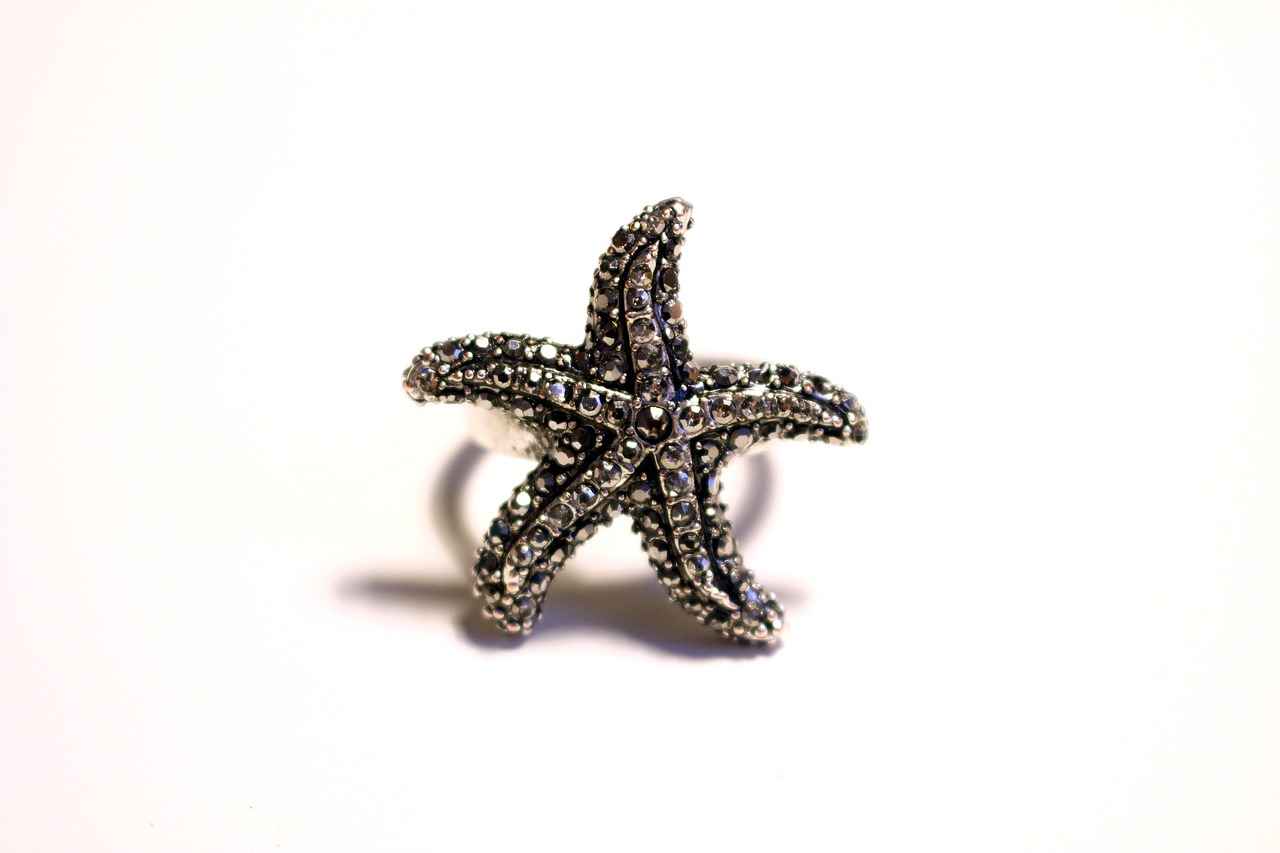
How to Spot Clean Jewelry Between Deep Cleans?
Jewelry is often a cherished possession, and keeping it looking its best is essential for both aesthetics and longevity. Spot cleaning is a quick and effective way to maintain the shine and beauty of your jewelry pieces between more thorough cleanings. In this section, we will explore practical tips and techniques to help you spot clean your jewelry effectively.
Spot cleaning refers to the process of cleaning specific areas of your jewelry to remove dirt, oils, and tarnish without performing a full wash. This method is particularly important for maintaining the appearance of your jewelry, especially if you wear it frequently. Regular spot cleaning can prevent buildup that may lead to more complicated cleaning needs later on.
- Soft Cloth: Use a lint-free, microfiber cloth to gently wipe down your pieces.
- Soft-Bristled Brush: A toothbrush or a specialized jewelry brush can help clean intricate designs.
- Soap Solution: A mild soap mixed with warm water is ideal for most jewelry types.
- Distilled Water: This helps avoid mineral deposits that tap water may leave behind.
Follow these simple steps to effectively spot clean your jewelry:
- Prepare Your Cleaning Solution: Mix a few drops of mild soap in a bowl of warm distilled water.
- Soak a Cloth: Dip the soft cloth into the solution, ensuring it’s damp but not soaking wet.
- Wipe Down the Jewelry: Gently wipe the jewelry, focusing on areas with visible dirt or tarnish.
- Brush Delicate Areas: For intricate designs or settings, use the soft-bristled brush to dislodge dirt.
- Rinse and Dry: Use a clean, damp cloth to remove any soap residue, then dry with a separate soft cloth.
Different materials require different care. Here are some tips for spot cleaning specific types of jewelry:
- Gold Jewelry: Use a gentle soap solution and avoid abrasive materials that can scratch the surface.
- Silver Jewelry: Silver can tarnish quickly; spot clean regularly to prevent buildup and use a silver polish cloth for best results.
- Gemstone Jewelry: Be cautious with porous stones; avoid soaking them in water and use a damp cloth instead.
While spot cleaning is a simple process, there are common mistakes to watch out for:
- Using Harsh Chemicals: Avoid bleach or ammonia as they can damage your jewelry.
- Neglecting to Dry Properly: Always ensure your jewelry is completely dry to prevent tarnishing.
- Forgetting About the Settings: Pay attention to the settings of stones, as dirt can accumulate there.
By incorporating these spot cleaning techniques into your routine, you can keep your jewelry looking its best between deep cleans. Remember, regular maintenance not only enhances the appearance of your pieces but also extends their lifespan.
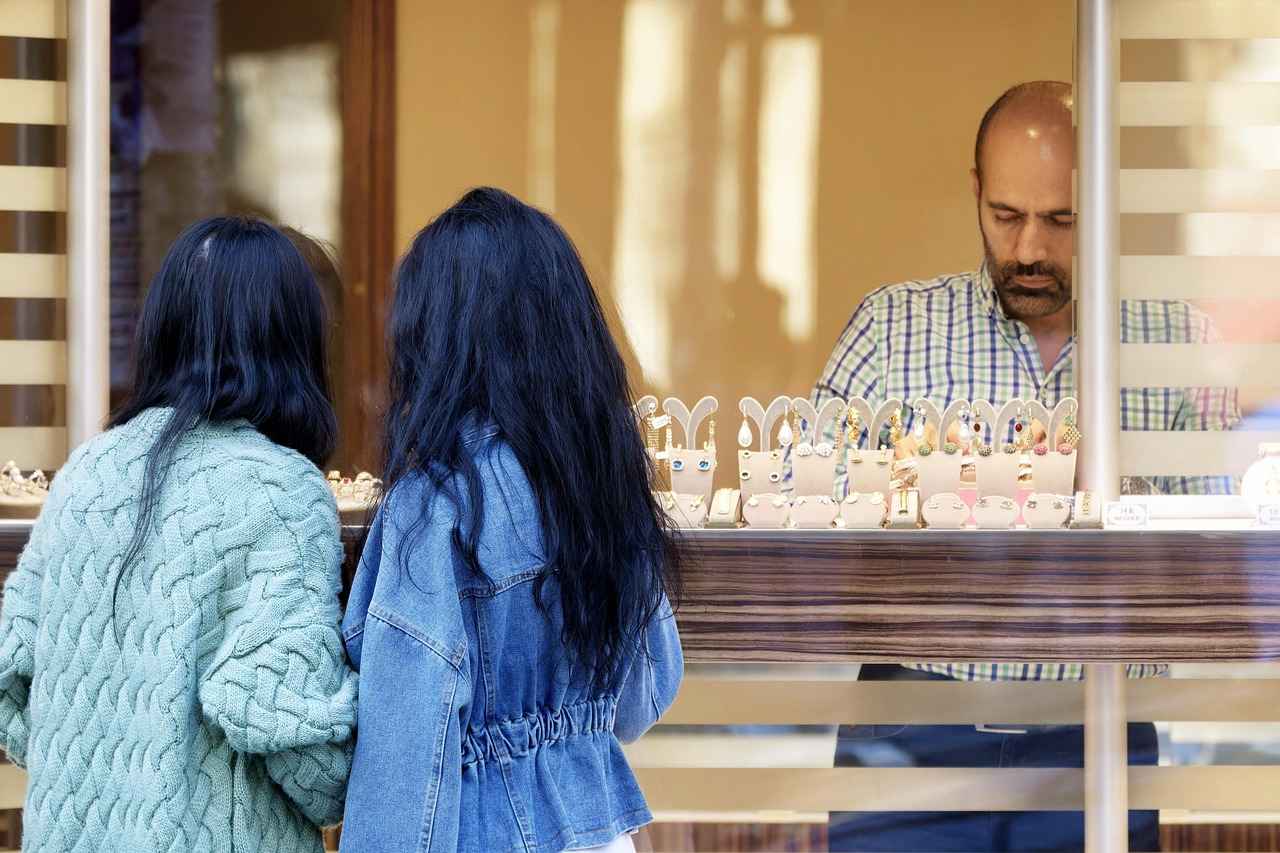
What Common Mistakes Should You Avoid When Cleaning Jewelry?
When it comes to maintaining the beauty and integrity of your jewelry, cleaning is essential. However, many people unknowingly make mistakes that can lead to damage. Understanding the common pitfalls can help you keep your cherished pieces in top condition. Below, we delve into the most prevalent mistakes and how to avoid them.
One of the biggest mistakes in jewelry cleaning is the use of harsh chemicals. Many household cleaners contain abrasive substances that can scratch or tarnish precious metals and gemstones. Instead, opt for gentle solutions like mild soap and water. Always read labels and choose products specifically designed for jewelry care.
After cleaning, failing to dry your jewelry properly can lead to tarnishing and unsightly water spots. It’s crucial to use a soft, lint-free cloth to gently pat your pieces dry. Avoid air-drying, as moisture can linger in crevices, causing long-term damage.
While it may seem logical to clean your jewelry frequently, over-cleaning can wear down the metal and damage gemstones. For most pieces, a thorough cleaning every few months is sufficient. Consider spot cleaning between deep cleans using a soft cloth to remove any surface dirt.
Each type of jewelry material has its own cleaning requirements. For instance, pearls and opals are more delicate and require special care. Always research the best cleaning methods for your specific pieces to avoid damaging them.
Using abrasive cloths or brushes can scratch the surface of your jewelry. Instead, use soft brushes or microfiber cloths designed for cleaning delicate items. This will help maintain the shine without causing harm.
Some jewelry pieces, especially those with intricate designs or valuable stones, may require professional cleaning. If you notice significant tarnishing or damage, it’s wise to consult a jeweler. They have the tools and expertise to restore your jewelry without causing further harm.
Improper storage can lead to tangling, scratching, and tarnishing. Always store your jewelry in a soft pouch or a dedicated jewelry box with compartments. This will protect your pieces from unnecessary wear and tear.
Engaging in activities such as swimming, exercising, or cleaning while wearing jewelry can expose it to chemicals and physical stress. Always remember to remove your jewelry before participating in such activities to prevent damage.
By being aware of these common mistakes, you can take proactive steps to ensure your jewelry remains beautiful and intact. Regular maintenance, combined with mindful cleaning practices, will keep your treasured pieces looking their best for years to come.
Using Harsh Chemicals
When it comes to jewelry care, many individuals may not realize that harsh chemicals can lead to irreversible damage. Understanding which substances to avoid is crucial for preserving the beauty and integrity of your cherished pieces. This section delves into the harmful effects of various cleaning agents and why you should steer clear of them.
Common Harsh Chemicals to Avoid
- Bleach: A common household cleaner, bleach can severely damage metals and gemstones alike. It can cause discoloration and weaken the structural integrity of your jewelry.
- Ammonia: Often found in glass cleaners, ammonia can strip away protective coatings on jewelry and lead to dullness over time.
- Acetone: Frequently used in nail polish removers, acetone can dissolve certain gemstones and damage the finish of metals.
- Strong Detergents: Many laundry and dishwashing detergents contain enzymes and surfactants that can be too harsh for delicate jewelry, leading to scratches and tarnishing.
- Alcohol: While it may be effective for some cleaning tasks, alcohol can dry out and damage certain materials, especially porous gemstones like opals and pearls.
Why These Chemicals Are Harmful
The primary reason to avoid these harsh chemicals is their reactivity with various materials. For example, metals like silver and gold can tarnish or corrode when exposed to strong oxidizing agents. Additionally, certain gemstones can become cloudy or lose their brilliance when subjected to aggressive cleaning agents. This not only diminishes the aesthetic appeal of your jewelry but can also lead to costly repairs or replacements.
Safe Alternatives for Cleaning Jewelry
To protect your jewelry, consider using safer alternatives. A simple mixture of warm water and mild soap is often sufficient for cleaning most types of jewelry. For stubborn tarnish on silver, a paste made from baking soda and water can work wonders without causing damage. Always ensure that you rinse thoroughly and dry your jewelry properly after cleaning to avoid any moisture-related issues.
Professional Cleaning Services
If you’re uncertain about how to clean your jewelry safely, consulting a professional jeweler is a wise choice. They have specialized tools and cleaning solutions designed to treat various materials without causing harm. Regular professional cleanings can also help maintain the value and appearance of your jewelry over time.
In summary, avoiding harsh chemicals is essential for the longevity and beauty of your jewelry. By opting for gentler cleaning methods and seeking professional help when needed, you can ensure that your treasured pieces remain in pristine condition for years to come.
Neglecting to Dry Jewelry Properly
When it comes to caring for your jewelry, one of the most overlooked aspects is the proper drying technique after cleaning. can lead to a variety of issues, including tarnishing and unsightly water spots. Understanding the importance of this step is essential for maintaining the beauty and longevity of your cherished pieces.
After cleaning, any residual moisture left on your jewelry can cause significant damage over time. Tarnishing occurs when metal reacts with moisture and other environmental factors, leading to a dull appearance. Water spots, on the other hand, can be particularly noticeable on polished surfaces, detracting from the overall aesthetic of your jewelry.
- Use a Soft Cloth: After washing your jewelry, gently pat it dry with a soft, lint-free cloth. Avoid rubbing, as this can scratch delicate surfaces.
- Air Dry: For pieces with intricate designs or settings, allow them to air dry completely. Place them on a clean, dry towel in a well-ventilated area.
- Avoid Direct Heat: Do not use hair dryers or other heat sources to dry your jewelry, as this can cause damage or warping.
Many people make the mistake of hastily drying their jewelry or skipping the drying process altogether. Here are some common pitfalls:
- Using Paper Towels: While convenient, paper towels can leave fibers behind and may scratch your jewelry.
- Neglecting Hard-to-Reach Areas: Ensure that you dry areas such as clasps and settings where water can easily accumulate.
- Assuming Air Drying Is Enough: While air drying is beneficial, it should be complemented with gentle drying methods to ensure no moisture remains.
To further enhance the longevity of your jewelry, consider these expert tips:
- Regular Inspections: Periodically check your jewelry for signs of tarnishing or damage. Early detection can save you from costly repairs.
- Store Properly: Keep your jewelry in a dry, cool place, preferably in individual pouches or compartments to prevent scratching.
- Limit Exposure: Remove jewelry before swimming, showering, or exercising to minimize exposure to moisture and chemicals.
If you notice persistent tarnishing or water spots despite your best efforts, it may be time to consult a professional jeweler. They can provide deep cleaning services and restore your jewelry to its former glory.
In conclusion, taking the time to dry your jewelry properly after cleaning is crucial for preserving its beauty and integrity. By following these guidelines and avoiding common mistakes, you can ensure that your treasured pieces remain sparkling and in excellent condition for years to come.

When Should You Seek Professional Cleaning Services?
When it comes to maintaining the beauty and integrity of your jewelry, professional cleaning services can play a vital role. While regular at-home care is essential, some pieces may require the expertise of a jeweler to ensure they are cleaned and restored properly. Understanding when to seek these services can help you protect your investment and keep your jewelry looking its best.
Some jewelry items are more delicate or valuable than others, making them prime candidates for professional care. Consider seeking a jeweler’s assistance for:
- Antique or Vintage Pieces: These items often require special handling to avoid damage.
- Jewelry with Complex Settings: Pieces with intricate designs or multiple stones may need specialized tools for thorough cleaning.
- High-Value Items: Engagement rings, heirlooms, or pieces with significant gemstones should be treated with care.
Knowing when to seek professional help can save you from potential damage. Watch for these signs:
- Visible Tarnish: If you notice a dull or tarnished appearance that home cleaning methods can’t resolve, it’s time for a professional touch.
- Loose Stones: If a gemstone appears to be loose, don’t attempt to fix it yourself. A jeweler can securely re-set the stone.
- Scratches or Damage: Any visible scratches or signs of wear may require polishing or repair by a professional.
When you take your jewelry to a jeweler for cleaning, you can expect a few key services:
- Thorough Inspection: Jewelers will inspect your pieces for damage and provide recommendations for care.
- Specialized Cleaning Techniques: Professionals often use ultrasonic cleaners or steam cleaning methods that are safe and effective for various materials.
- Repairs and Maintenance: If any repairs are needed, a jeweler can perform them while cleaning, ensuring your jewelry is in top condition.
The frequency of professional cleaning depends on how often you wear your jewelry and the conditions it is exposed to. As a general guideline:
- Every 6 to 12 Months: For everyday pieces, a professional cleaning once or twice a year is advisable.
- After Special Occasions: If you’ve worn jewelry during events where it may have been exposed to dirt or chemicals, consider a professional cleaning afterward.
In conclusion, while regular cleaning at home is essential, recognizing when to seek professional services can greatly enhance the longevity and beauty of your jewelry. By paying attention to the signs and understanding the value of expert care, you can ensure your treasured pieces remain as stunning as the day you received them.
Frequently Asked Questions
- How often should I clean my gold jewelry?
Gold jewelry typically requires cleaning every few months. However, if you wear it daily, a quick clean once a month can keep it shining bright!
- What is the best way to clean silver jewelry?
For silver jewelry, a gentle soap and water solution is ideal. Clean it every few weeks to prevent tarnish and maintain its luster.
- Can I use an ultrasonic cleaner for all types of jewelry?
Not all jewelry is suitable for ultrasonic cleaning. It’s best for durable pieces like gold but can damage delicate gemstones, so always check first!
- How can I spot clean my jewelry between deep cleans?
Spot cleaning can be done with a soft cloth and mild soap. Just a quick wipe can remove dirt and keep your pieces looking fresh!
- When should I consider professional cleaning services?
If your jewelry has intricate designs or is heavily soiled, it’s time to consult a professional. They have the tools and expertise to clean without causing damage.
- What mistakes should I avoid when cleaning my jewelry?
Avoid using harsh chemicals and always dry your jewelry properly. Neglecting these can lead to tarnishing and permanent damage!

